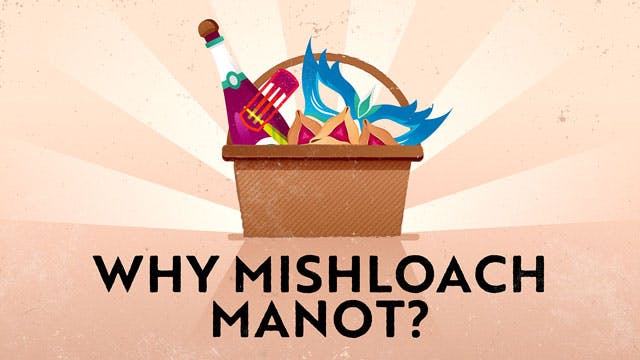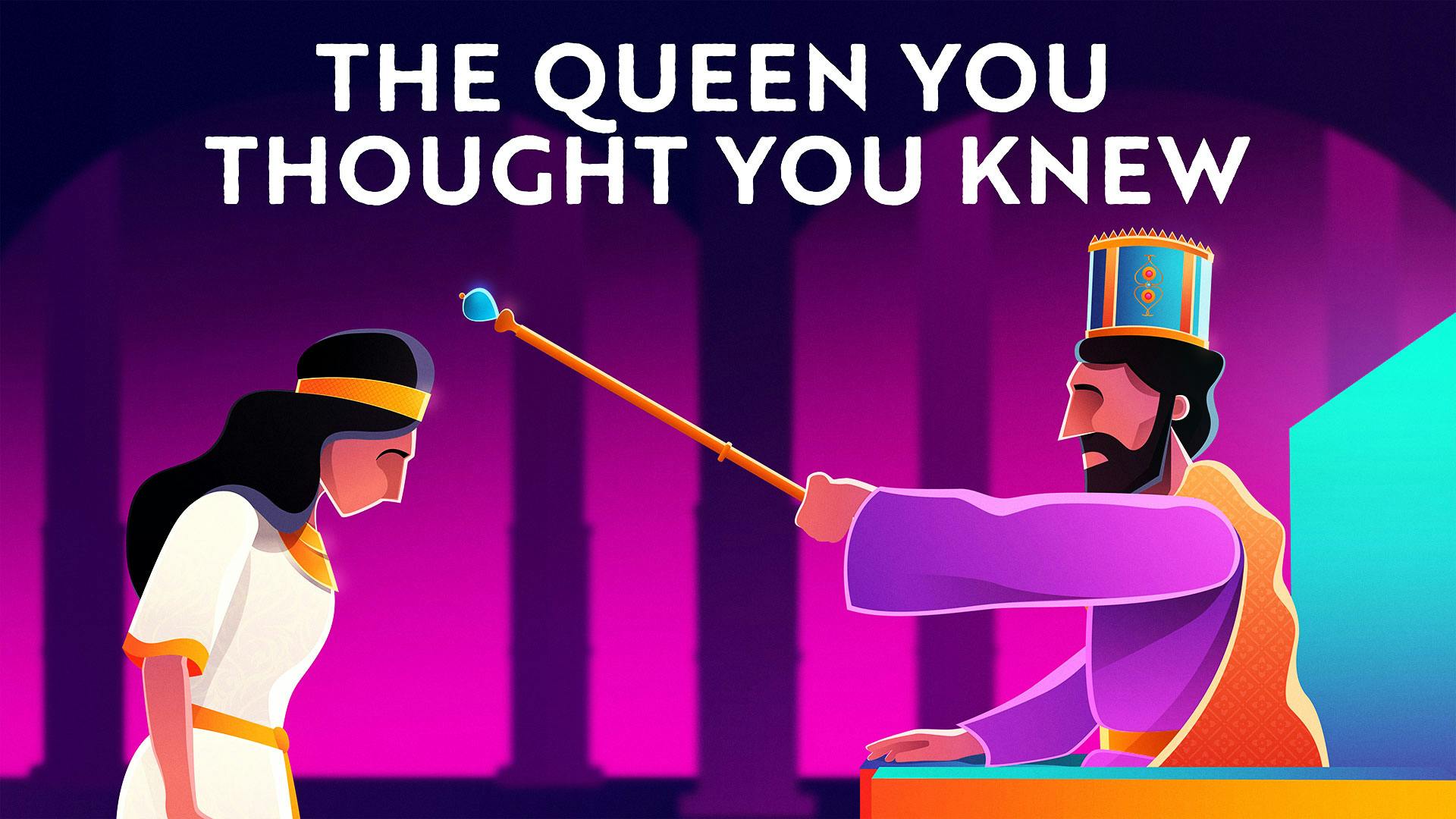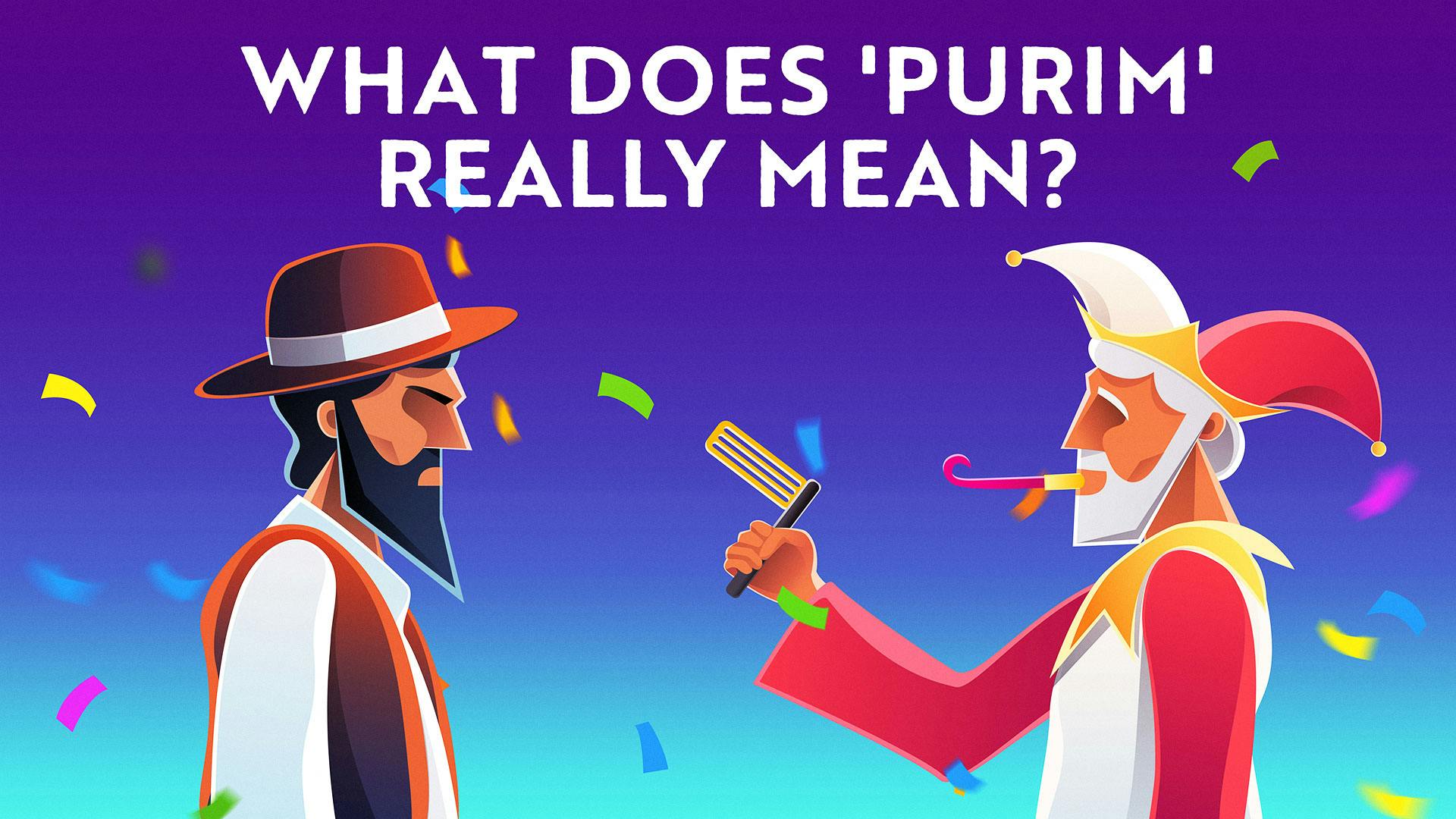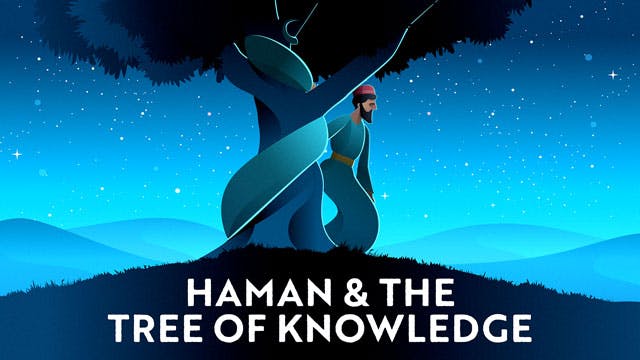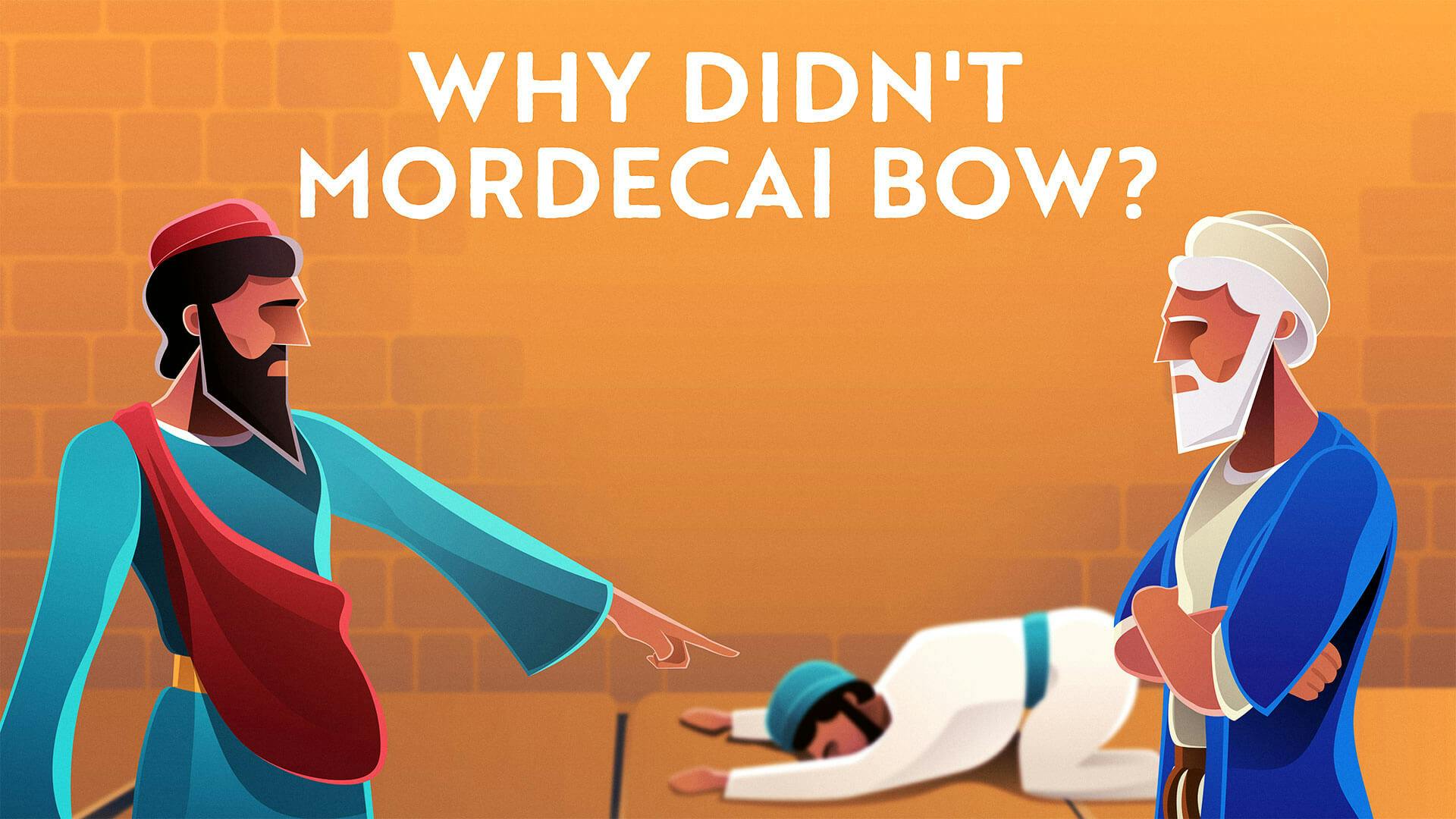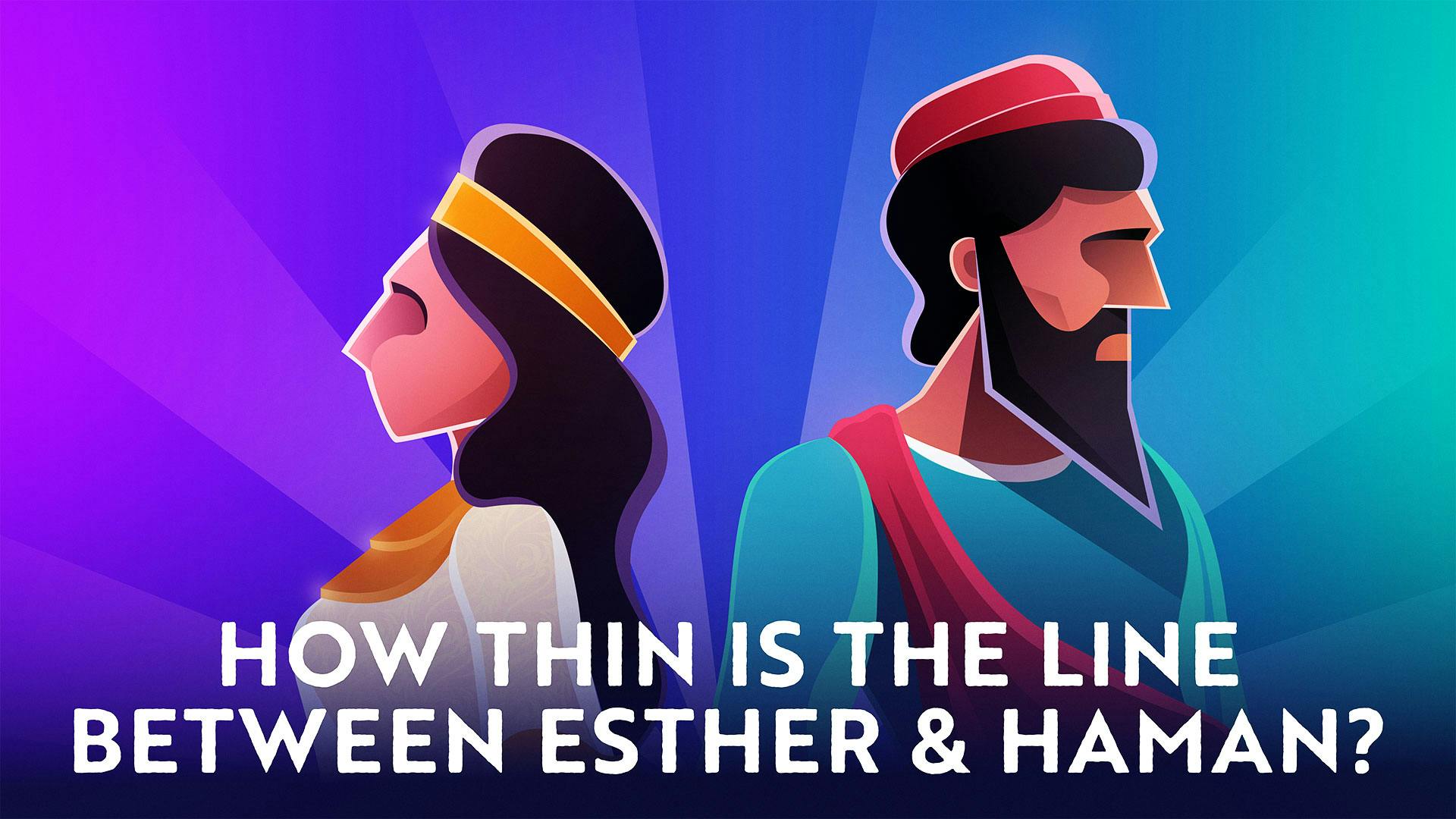What Is Purim? The Purim Story, Purim Characters & Purim Explained
What Is The Purim Holiday Actually About?
Purim is a festive Jewish holiday where we celebrate with costumes, noisemakers, and parties. But what is Purim really about once we strip away the revelry? Here we explain what Purim (in Hebrew: פּוּרִים) commemorates, and why it is still relevant in the 21st century.
Purim 2023
Why is celebrating Purim relevant today in 2023 – or even at all? Sure, Purim was marked as the “holiday that would never be forgotten,” and celebrates the salvation of the Jewish nation, but it is also the rare holiday where God doesn’t take center stage in the story.
The Megillah pores over every twist and turn of Esther and Mordechai’s actions, yet only hints at God’s involvement once – with an ambiguous reference at that. Is the Megillah suggesting that a little bit of glory goes to the characters, as well? Is this a clue that Purim celebrates our own contribution, alongside God’s?
This Purim video sets out to answer these questions, and in doing so, uncovers a meaningful reason as to why Purim is perhaps even the most relevant holiday for our modern lives today.
What Is Purim?
The Jewish holiday of Purim (pronounced poo-reem) celebrates a miraculous turn of events in which the Jewish people were saved from a threat of national genocide. It is arguably the most joyous day of the Jewish year.
Some of the beloved commandments and traditions of Purim include dressing up in costume; giving gifts and charity to the poor; reading Megillat Esther or the Scroll of Esther; and eating, drinking and singing with friends and family. It’s a topsy-turvy kind of day, accompanied by a fun, almost ecstatic atmosphere of joy and celebration.
The Book of Esther says that the name Purim comes from the Hebrew word pur, generally translated as “lots” (as in lottery, or drawing lots). The holiday is named this because Haman, the villain of the Purim story, drew a lottery to determine the date of the destruction of the Jewish people. Instead of Haman’s planned genocide, that very day became a triumphant victory for the Jews, and was the cause of what we now know as the holiday of Purim (Esther 3:7 and 9:26).
But that’s just the surface level of the meaning of this holiday’s name. Rabbi Fohrman takes a different view on what the word Purim means in his video "Why Name A Holiday After The Enemy?" where he discusses the possibility that the name Purim doesn't come from what Haman did... but what Esther did. Prepare to have your mind blown.
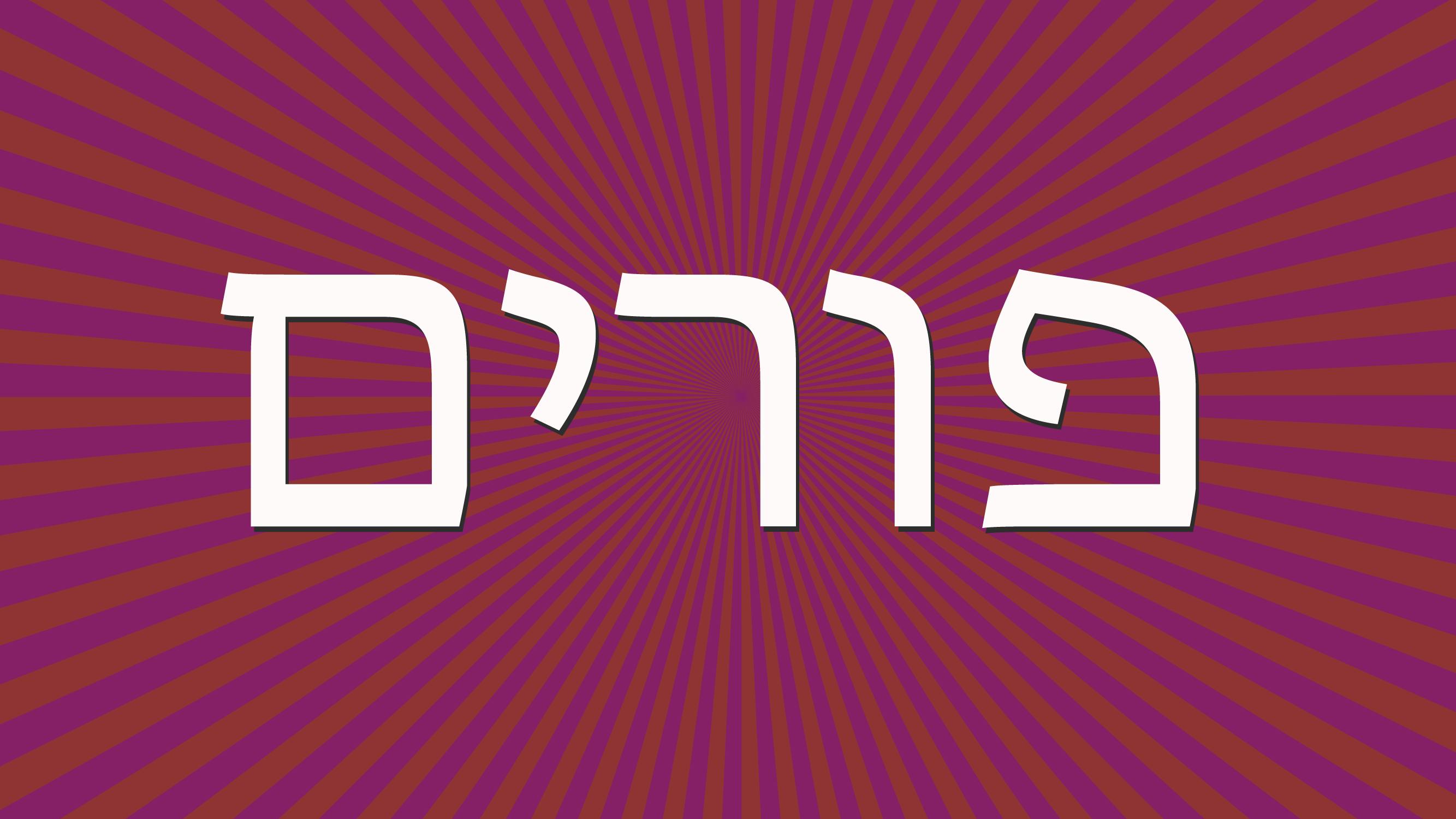
Purim Explained
There’s a popular joke about Jewish holidays: “Our enemies tried to kill us, we survived, let’s eat!” While this quip may contain a kernel of truth, it misses the true meaning of the Purim holiday.
Purim isn’t just celebrating the survival of the Jewish people despite the threats of an enemy nation. It’s a holiday that celebrates God’s total involvement in our world, and the ways in which God intervenes on our behalf even through circumstances that appear to be very much the opposite. This can be seen throughout the whole Megillah.
The story of Purim takes place in the wake of the destruction of the First Temple, during a time of national exile. There’s a Jewish woman who’s basically a political captive and needs to keep her identity hidden. There’s a ruthless death sentence decreed upon the entire Jewish people with seemingly no hope to be saved.
But then there’s a miraculous turn of events in which every piece of the story plays a role in bringing about our national salvation. Esther’s role in the palace becomes the key to redeeming the Jews and bringing down Haman. Mordechai’s early revelation about the assassination plan and the King’s neglect in honoring him at that time become fuel against Haman’s status and pride.
The very day that was meant to be a national holocaust became a day of triumph and celebration. It’s the transformation of events, the way in which everything gets turned upside down, that is the true miracle that this holiday commemorates.
God’s name does not appear at all throughout Megillat Esther, but in the absence of God’s explicit presence, the story of Purim reveals God’s hidden involvement in our world that never ceases. This is the message and the promise of hope that this holiday carries, even in the 21st century.
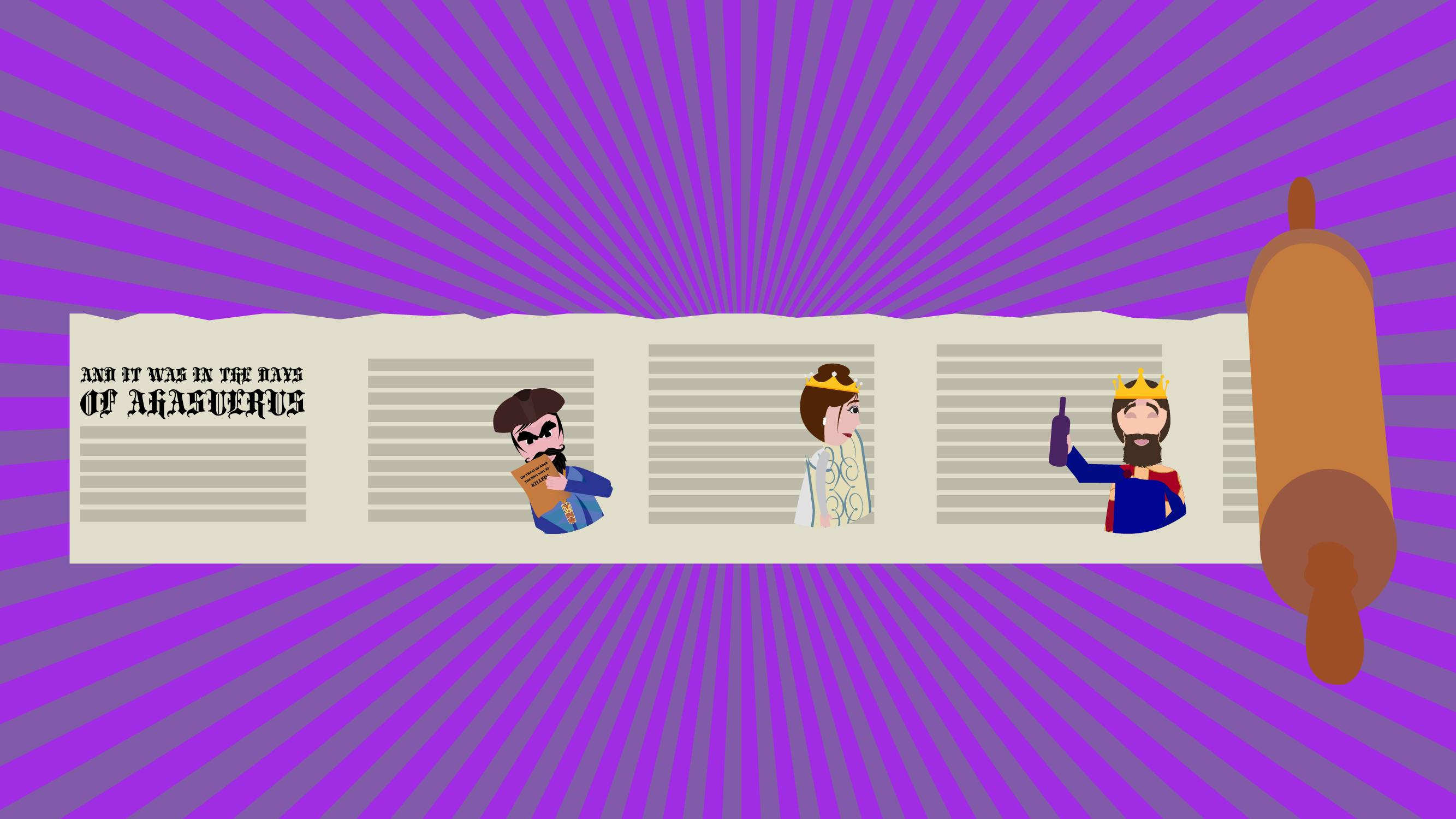
The Purim Story
The complete story of the miraculous Purim holiday is recorded in the Book of Esther. Here we dive into the short version of Purim story.
Purim's Background: Party Like It’s 4th Century BCE
Our story begins with a party. (Doesn’t it always?) It’s the third year of King Achashverosh’s rule. Achashverosh is king over the Persians and the Medes. His empire is huge, spanning over 127 provinces. The party is a six-month extravaganza, filled with lots of drinking.
Achashverosh orders his wife, Queen Vashti, to come before his guests and show off her beauty. Vashti refuses. Ego bruised and embarrassed before his dignitaries, the King orders that Vashti be killed. (Seems like he has some anger issues, no?)
The Bachelorette, Persian Edition
The king sends out a decree for all the beautiful women in the kingdom to be brought to him so he can choose a new queen. Enter Esther, a beautiful Jewish orphan being raised by her cousin, Mordechai. The King is impressed by her and chooses her to be his new queen. As per Mordechai’s orders, Esther keeps her Jewish identity hidden in the palace.
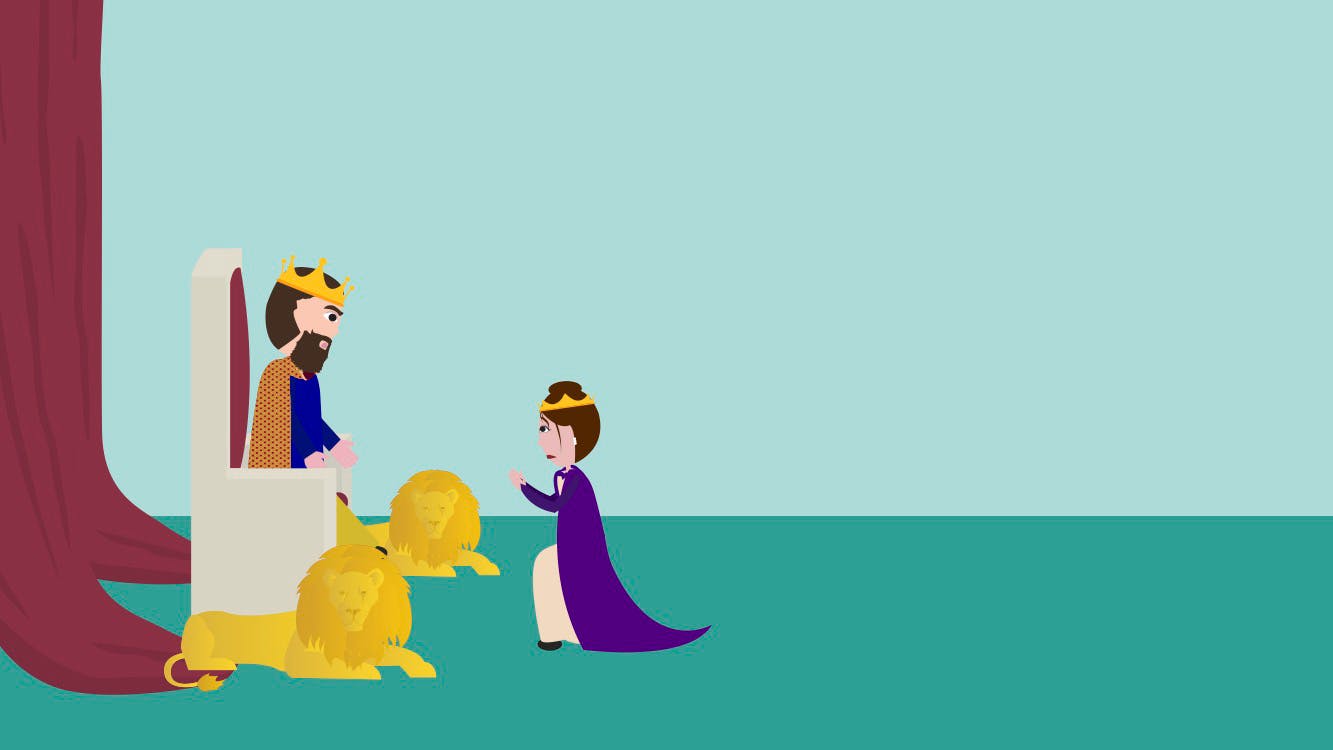
An Assassination Thwarted
Shortly thereafter, two of the royal courtiers, Bigthan and Teresh, plot to assassinate King Achashverosh. Mordechai overhears them and thwarts their plans. Bigthan and Teresh are killed, and Mordechai’s actions are recorded in the King’s official records. Foreshadow alert!
3 Days of Fasting, 2 Lavish Feasts, 1 Evil Plot
Enter Haman. One of the King’s officials named Haman gets a promotion and fancies himself very important. The King orders that everyone in the palace should bow down before him whenever he passes by. But Mordechai refuses, and Haman gets so agitated by this that he asks permission from Achashverosh to kill not only Mordechai, but all of the Jews. (More anger issues!)
Haman casts a lot (read: pur) and the 13th of Adar is chosen to be the day of doom. When Mordechai hears this news, he and the Jews begin to mourn. Mordechai informs Esther and implores her to intervene on behalf of the Jewish people.
Typically, a queen could not go before the king without being summoned, with the punishment of death, so Esther is afraid to do as Mordechai asks. She institutes a three day fast for herself and all of the Jews. Read more in our guide to Esther's Fast.
On the third day, she approaches Achashverosh and he accepts her happily. (Phew!) Esther invites the king and Haman to a feast, presumably just to build up our suspense, because all she does at that feast is invite them to another feast, to take place the next night.
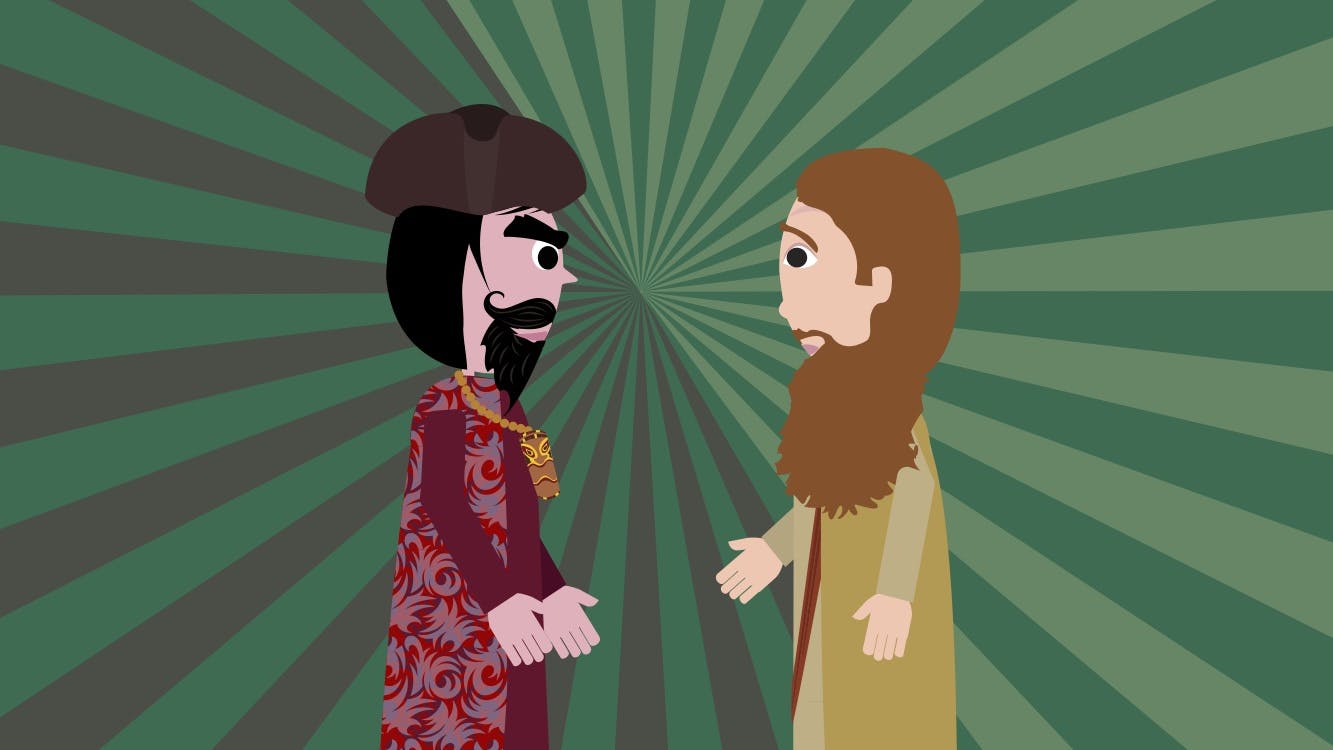
Achashverosh the Insomniac & the Mordechai Parade
Back to Mordechai…. after the first feast with Esther, Haman is offended by Mordechai (again). At his wife Zeresh’s suggestion, he decides to build a gallows upon which to hang him. True love.
That night, Achashverosh couldn't sleep. His official records are read to him and he sees that Mordechai was never rewarded for saving his life. (Remember the assassination plot?) Haman then appears in the middle of the night (apparently there’s more than one insomniac in the kingdom) to ask the King’s permission to hang Mordechai.
But before he can make his request, the King asks Haman, “What should be done for a man whom the king wishes to honor?” Haman thinks the King is referring to him (of course) and answers that the man should be treated like royalty: dressed in royal clothes and paraded around on the King’s horse while someone announces, “This is how the King treats a man he wishes to honor!”
Achashverosh likes this idea and commands Haman to do all of this for Mordechai. Ouch! The parade ensues, Haman is humiliated, and he begins to recognize that this is the beginning of the end.
Esther Unveiled
At Esther’s second banquet, she reveals to Achashverosh and Haman that she is Jewish, and that Haman’s plan would exterminate herself and her people. Achashverosh is enraged and orders that Haman be hanged on the gallows and, whaddya know, gallows have already been set up by Haman himself. Talk about irony.
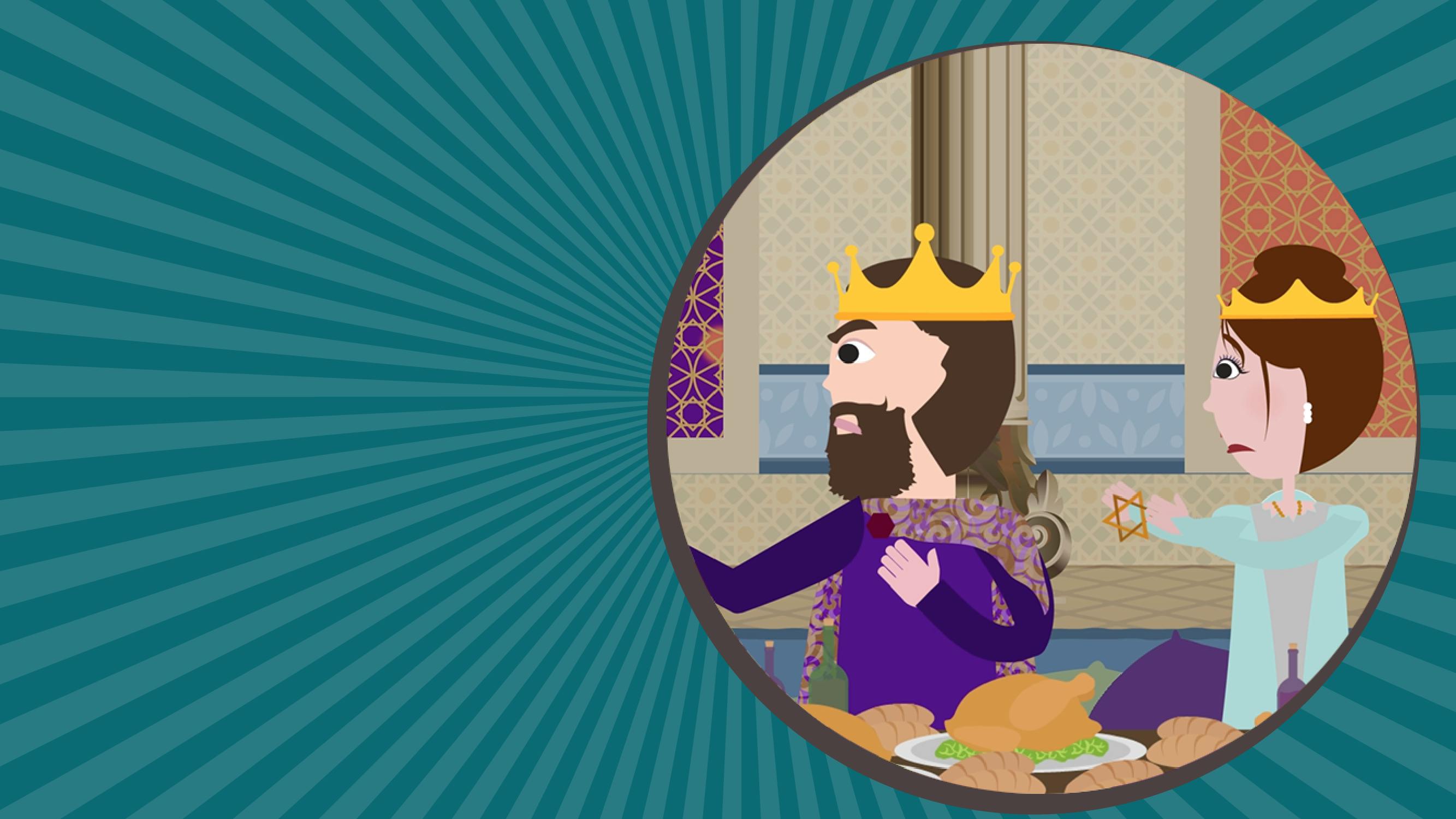
The War
There is a war in the Purim story, but it’s not exactly as Haman planned. Achashverosh cannot annul the previous decree, but he allows the Jews to send out a new decree stating that they may defend themselves.
The Jews are successful in battle, and on the 13th of Adar – the date that was set for their genocide – they kill their enemies throughout the empire.
Shushan Purim
Jews in the capital city of Shushan fought on both the 13th and 14th of Adar, and only rested on the 15th of the month. This is the origin of Shushan Purim, which is still celebrated in Jerusalem today.
The End of the Purim Story
After the fighting ended, the Jews celebrated with feasting and merriment. Mordechai recorded all of these events and sent dispatches throughout the provinces of King Achashverosh, charging the Jews to observe the 14th (and 15th in walled cities) of Adar as a holiday.
Queen Esther sends out another letter confirming it, and thus the holiday of Purim was born. Achashverosh continues his powerful reign and gives Mordechai a distinguished position in his court.
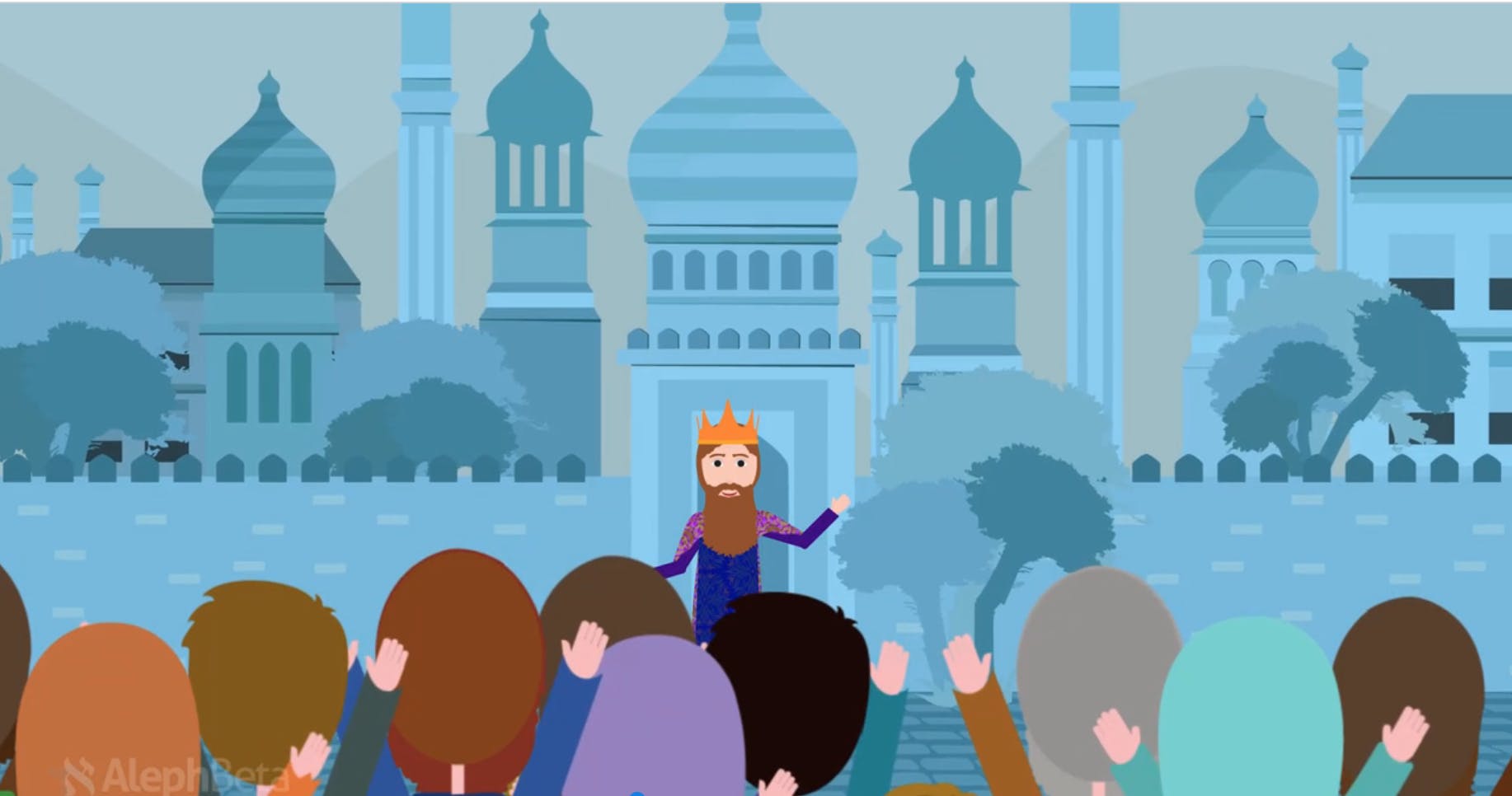
Purim Traditions, Laws & Customs
Taanit Esther
The day before Purim (13th of Adar) is a day of fasting and public prayer that was instituted by Esther herself in the Megillah (9:31–32). The fast is observed from sunrise to sunset.
Some sources say that this fast commemorates Esther’s own fast that is recorded in the Megillah, while others maintain that it commemorates the fasting and repentance of the Jews when they went to battle with their enemies on the 13th of Adar. We dive into this intriguing discussion in our guide to Esther's fast. For a deeper understanding, watch our video on Taanit Esther: Why Fast Before The Happiest Day Of The Year?

Megillah Reading
Megillat Esther or the Scroll of Esther, is read twice in public on Purim: once at night, and once on the next day. The custom is to read the scroll like a letter rather than a book. For this reason, the Megillah scroll is held in a unique way in which the parchment gets folded over itself, as if Esther’s letter is being read aloud to the community in the town square.
The Megillah that is used to fulfill the mitzvah on Purim must be written in accordance with Jewish law, using the appropriate type parchment and ink. As a holy scroll, many people keep their Megillah in a decorative Megillah case.
Noisemakers
A ra’ashan (Hebrew) or grogger (Yiddish) is a noisemaker that is sounded every time Haman’s name is mentioned in the public Megillah reading. This custom is an expression of the commandment to “blot out the memory of Amalek” (Devarim 25:19), the enemy nation from Haman descended.

Why Do We Dress Up On Purim?
The custom of wearing costumes probably originated from the Italian Jewry in the 15th century, and was only taken up by Middle Eastern countries in the 19th century. (So, it’s a fairly new Jewish custom!)
There are a number of reasons for masquerading. Firstly, dressing up in costume adds to the overall joy and festive nature of the day. Secondly, it is a reference to God, who Himself was “disguised” throughout the Purim story in seemingly natural events.

What Is Mishloach Manot?
Mishloach manot, literally, “the sending of portions,” is one of the central laws of the day. It is fulfilled by sending gifts of food and drinks to friends.
The minimum is for everyone to give at least two different types of food to one person, but there is no limit on how much can be given and many people give out mishloach manot to multiple friends and family members. Read more in our guide for giving Purim gifts, or uncover the hidden story behind why we observe this mitzvah.
לַעֲשׂ֣וֹת אוֹתָ֗ם יְמֵי֙ מִשְׁתֶּ֣ה וְשִׂמְחָ֔ה וּמִשְׁל֤וֹחַ מָנוֹת֙ אִ֣ישׁ לְרֵעֵ֔הוּ וּמַתָּנ֖וֹת לָֽאֶבְיוֹנִֽים...
They were to be observed as days of feasting and merrymaking, an occasion for sending portions to one another and gifts to the poor… (Esther 9:22)

Matanot L’evyonim
Donating charity to the poor: This mitzvah can be fulfilled by giving either food or the monetary equivalent of a meal to two different poor people. But this is the bare minimum.
If possible, one should strive to give more charity on this day, and this is the mitzvah most spend money on. Watch our video on the origin of this mitzvah.
Maimonides writes in his Mishneh Torah (Laws of Megilla and Chanukkah 2:17):
“It is preferable to spend more money on gifts to the poor than on one’s Purim banquet and presents to friends. For no joy is greater and more glorious than the joy of gladdening the hearts of the poor, the orphans, the widows, and the strangers. He who gladdens the heart of these unhappy people imitates God, as it is written: ...to revive the spirit of the humble, and to put heart into the crushed" (Isaiah 57:15).
Seudah – the Purim Feast
It is a mitzvah to eat a celebratory meal on Purim day, called a seudah. Drinking wine is prevalent at such feasts, both to increase the joy of the occasion and to recall the salvation that came about through wine at Esther’s feasts.

Al HaNisim Prayer on Purim
The prayer Al HaNisim is added to the daily prayers and to the grace after meals. It is a prayer of thanksgiving for the miracles that God performed for us at that time.
Hamantaschen
It is customary to eat triangular pastries called Hamantaschen, which symbolize the Jewish victory over their enemy, Haman, who was said to have worn a triangular-shaped hat.

Purim Characters
Achashverosh AKA Ahasuerus, Xerxes I or Artaxerxes II
Achashverosh was the ruler of the Medes and the Persians; his power was so vast that he ruled over 127 provinces. In modern day terms, that would be the span of Ethiopia to India.
He was the reigning king during the time of the story of Purim, and, of course, Esther’s husband. While he is often depicted as a large, drunken buffoon, a close reading of the Megillah shows him to be less than harmless.
There are various opinions as to the historical identity of King Achashverosh. Some identify him with Artaxerxes II, who ruled from 405–359 BCE, while others assume him to be Xerxes I, who ruled from 486–465 BCE. Yet another opinion tries to identify Achashverosh with Artaxerxes I, who ruled from 465–424 BCE, since he is the father of Darius II, whom Jewish tradition says is Esther’s son.
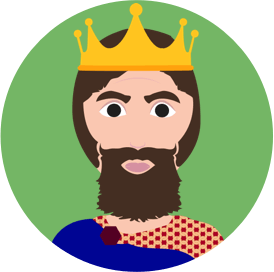
Esther AKA Hadassah
Esther is the heroine of Purim. She is also referred to as Hadassah, which means “myrtle tree.” The name Esther comes from the Hebrew word hestir, meaning, “hidden.”
Many believe that Hadassah was her given name and the name Esther was only attributed later since she concealed her true identity. Another possible reason is because God is “hidden” in the Purim story, as His name is not mentioned throughout the scroll, and God seems to be pulling strings throughout the story in a covert way.
Esther was Mordechai’s cousin and foster child. The Talmud suggests that she was Mordechai’s wife.
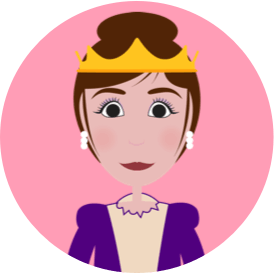
Mordecai AKA Mordechai the Jew
Mordechai is the hero to Esther’s heroine. When Esther is orphaned, Mordechai becomes her foster parent.
Some Rabbinic opinions hold that Mordechai was in fact Esther’s husband. His father’s name is Yair and he is part of the Tribe of Benjamin. The similar names Marduka and Marduku have been found in historical accounts of Persian court officials in the period of Xerxes I and his father Darius.

Haman AKA Memucan (Maybe?)
Haman was a top royal official to King Achashverosh. He planned to kill all the Jews in Persia but his plans were foiled by Queen Esther and Mordechai. He was a descendant of Agag, king of the Amalekites, who are staunch enemies of the Israelites in the Bible.
The origin of Hamantaschens, the triangular-shaped cookies traditionally eaten on Purim, come from the notion that Haman wore a triangular shaped hat. Some commentators say that Haman is the same person as Memuchan, Achashverosh’s advisor who encourages him to kill Vashti at the beginning of the story.
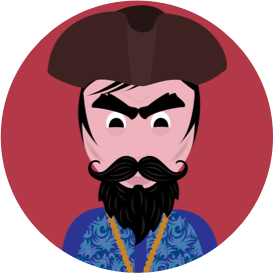
Zeresh
Zeresh was Haman’s wife. She was the brains behind Haman’s plan to hang Mordechai on the gallows. She and Haman had 10 sons, all of whom were hanged at the end of the Megillah.
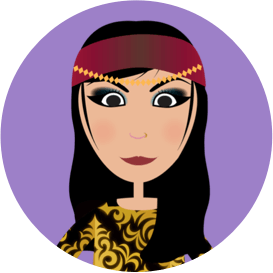
Vashti AKA Queen of Persia
Vashti was the Queen of Persia, Achashverosh’s first wife, at the beginning of the Purim story. She refuses to come before Achashverosh at his party and, according to the Talmud, was killed for her infraction.
There are many speculations as to her refusal. One account states that she had leprosy, and didn’t want to be seen. Another opinion relates that the angel Gabriel gave her a tail as punishment for her evildoings.
According to Midrash, she was the daughter of King Belshazzar and great-granddaughter of King Nebuchadnezzar II. During her father’s rule, the Medes and Persians attacked. Her father was murdered and Vashti was kidnapped by King Darius of Persia. Darius gave Vashti over to his son, Achashverosh, to marry.
It is likely that she and Achashverosh did not get along from the start, as she was a royal in her own right and essentially his captive, and they did not speak the same language. After she refuses him, Achashverosh sends out a decree that the language of the husband be the only one spoken in the household.

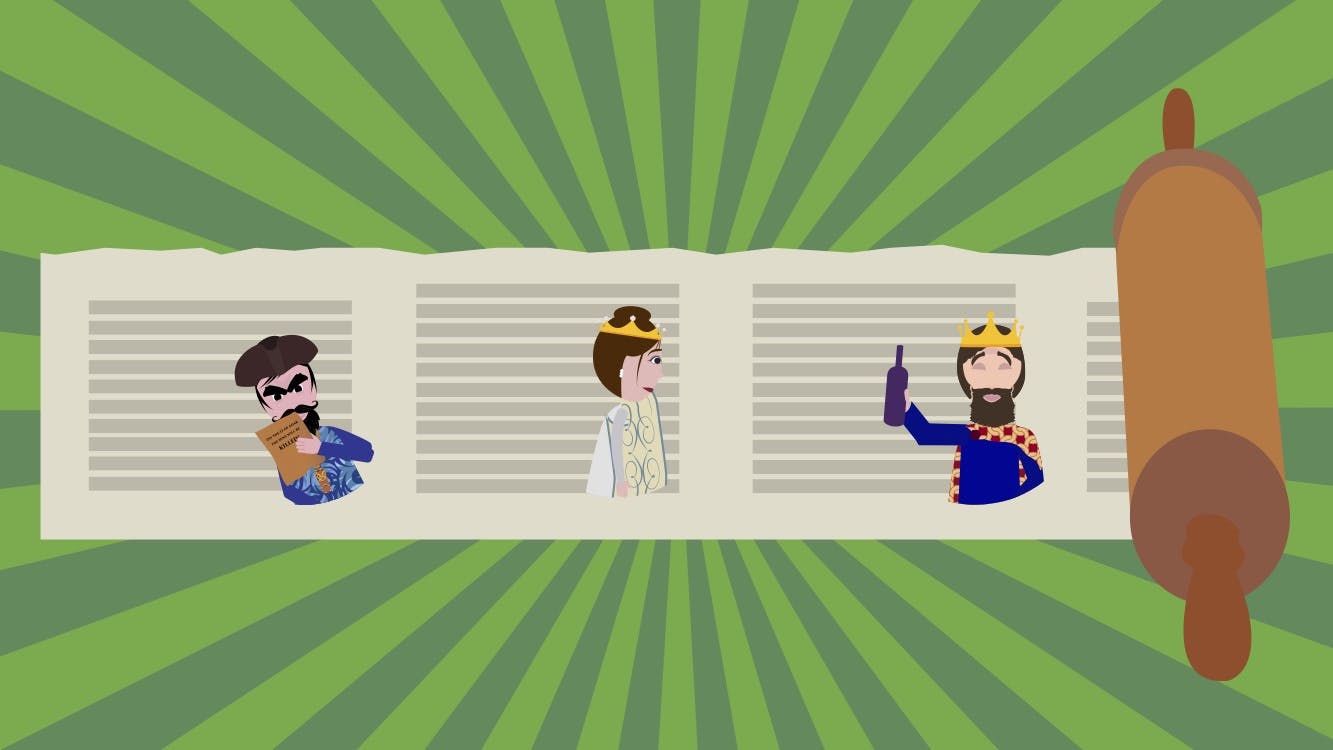
Interesting Purim Facts
Fact 1: The Book of Esther is the last of the 24 books of Tanakh to be canonized by the Sages of the Great Assembly.
Fact 2: The Book of Esther is the only book of the Bible, other than Song of Songs, that does not explicitly mention God.
Fact 3: Unlike other traditional Tanakh scrolls which are given two rollers, one for each hand, Esther is given only one roller on the left side.
Fact 4: Among the Dead Sea Scrolls, Esther is the only book of Tanakh not represented.
Fact 5: Many parallels can be drawn between Esther and the Book of Daniel.
Fact 6: Purim overlaps chronologically with the Book of Ezra.
Fact 7: An additional six chapters of Esther appear in the Septuagint. The additions include: the contents of the decree against the Jews, a copy of the second decree which saved the Jews, a prayer to God recited by Mordechai and Esther, and Mordechai interpreting dreams.
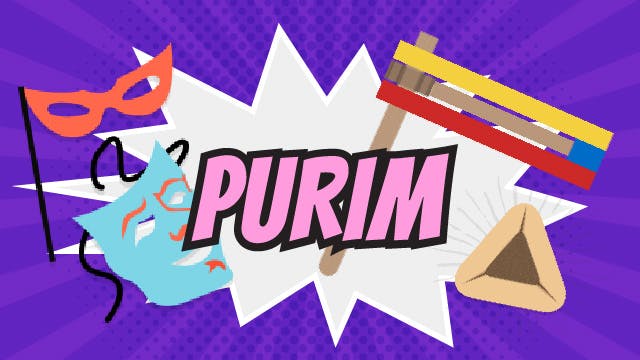
Purim Story for Kids
Purim is a day full of joy and happiness – and lots of singing and dancing! Mishenichnas Adar Marbim Be-Simcha and LaYehudim Haitah Orah Ve-Simcha Ve-Sasson Ve-Yakar are two of the most famous Purim songs. Shoshanat Yaakov is a special song that is sung at the end of the Megillah reading.
P is for Purim
Purim is so much fun! Feasts, costumes, storytelling – Purim has it all!
U is for Upside Down
Everything went topsy-turvy, V’nahafoch Hu, and instead of being destroyed, the Jews were victorious!
R is for Ra'ashan
Also known as a grogger, we use this to make noise during the Megillah reading to stamp out Haman’s name.
I is for Incognito
Incognito is just a fancy way of saying that someone is in disguise. In the Purim story, Esther hid her Jewish identity and today, we wear costumes!
M is for Mishloach Manot
On Purim we give gifts of food and drinks to our friends. A Purim tradition so old, even Esther did it!

A Riveting Read for Purim
Want to learn more about Purim? Check out Rabbi Fohrman’s book, “The Queen You Thought You Knew.” Rabbi Fohrman invites the reader to look at the Book of Esther with fresh eyes; to join him, as it were, on a guided adventure – a close reading of the ancient biblical text. In so doing, he reveals another Purim story; a richer, deeper narrative more suited perhaps, to the eyes of an adult than to a child.
As layers of meaning are gradually revealed, Esther's hidden story comes alive in a vibrant, unexpected way, offering the reader a fascinating and stirring encounter with the queen whose costume they wore as children. Rediscover the queen you thought you knew. Download the first chapter for free. or purchase here.
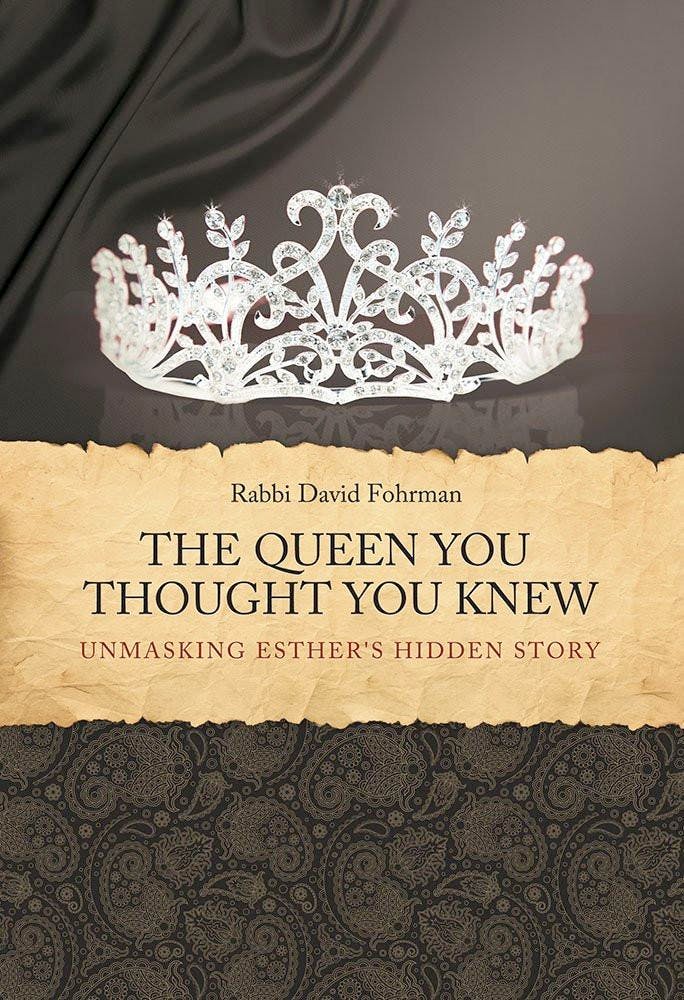
101 Guides for Purim
Ready to dig deeper? Whether you're familiar or new to celebrating Purim, there are many secrets to discover. Our Purim videos tackle the big questions by jumping into the shoes of each character and exploring the Torah. Through this introspection, we take a look at the deeper meaning behind why we celebrate Purim, thousands of years later.
Join our journey as we uncover how Purim applies to our lives and family celebrations today.

